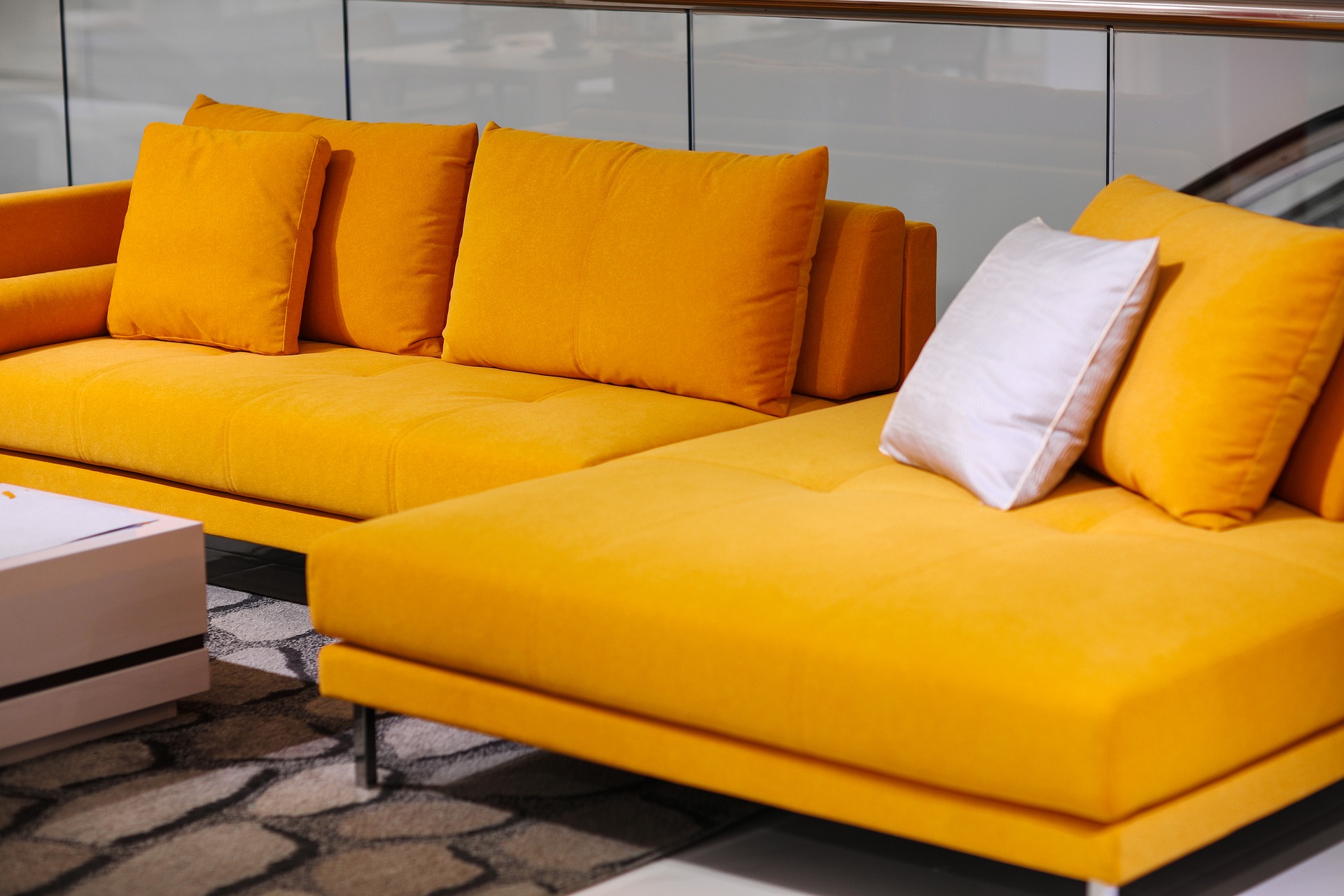Explore helpful tips on choosing sofas
Selecting the perfect sofa for your home involves more than just picking an attractive design. From understanding different styles and fabric options to ensuring proper measurements and support, making an informed decision requires careful consideration of multiple factors that will impact both comfort and longevity.

Discover Various Sofa Styles
The world of sofas offers numerous styles to complement different interior designs and personal preferences. Traditional sofas feature classic lines, rolled arms, and timeless appeal that works well in formal living spaces. Contemporary sofas showcase clean lines, minimal ornamentation, and sleek profiles perfect for modern homes. Sectional sofas provide flexible seating arrangements and maximize space efficiency, while loveseats offer intimate seating for smaller rooms or as accent pieces.
Mid-century modern sofas bring retro charm with tapered legs and geometric shapes, appealing to those who appreciate vintage aesthetics. Chesterfield sofas display distinctive button tufting and rolled arms, adding sophistication to any room. Sleeper sofas serve dual purposes by providing seating during the day and converting to beds for overnight guests.
Understand Fabric Options for Durability
Fabric selection significantly impacts your sofa’s longevity, maintenance requirements, and overall appearance. Leather offers exceptional durability and develops character over time, though it requires specific care and can be sensitive to temperature changes. Microfiber provides stain resistance and easy cleaning, making it ideal for households with children or pets.
Cotton blends offer breathability and comfort but may require more frequent cleaning. Performance fabrics combine durability with stain resistance, often incorporating synthetic fibers that withstand heavy use. Velvet creates luxurious texture and visual appeal but demands careful maintenance to preserve its appearance.
Consider factors like household traffic, presence of pets, and cleaning preferences when selecting fabric. Darker colors and patterns help conceal wear and stains, while lighter colors create airy, spacious feelings but show dirt more readily.
Find the Right Support for Comfort
Proper support determines your sofa’s comfort level and structural integrity over time. Frame construction forms the foundation, with hardwood frames offering superior durability compared to softwood or engineered wood alternatives. Eight-way hand-tied springs provide premium support and longevity, while sinuous springs offer good support at lower cost points.
Cushion filling affects both comfort and maintenance. Down-filled cushions provide luxurious softness but require regular fluffing to maintain shape. High-density foam offers consistent support and retains shape well over time. Memory foam contours to body shape but may retain heat. Combination fillings blend different materials to balance comfort, support, and maintenance requirements.
Test sofas in person when possible, sitting in various positions to evaluate comfort levels. Consider how cushion firmness aligns with your preferences and intended use patterns.
Get Tips for Measuring Your Space
Accurate measurements prevent costly mistakes and ensure your new sofa fits properly within your living space. Measure room dimensions including length, width, and ceiling height. Account for doorways, hallways, and stairways the sofa must navigate during delivery, including any turns or narrow passages.
Measure existing furniture to ensure adequate clearance and traffic flow. Allow at least 30 inches of walkway space around the sofa and 14-18 inches between the sofa and coffee table. Consider window and door placement to avoid blocking natural light or impeding functionality.
Create a floor plan using graph paper or digital tools to visualize how the sofa will fit within your space. Consider the sofa’s depth, as deeper sofas require more room but often provide greater comfort.
Make Informed Choices for Your Home
Successful sofa selection requires balancing multiple factors including budget, lifestyle needs, and aesthetic preferences. Consider your household’s daily routines and how the sofa will be used. Families with young children might prioritize durability and stain resistance over luxury materials.
Evaluate warranty options and manufacturer reputation when making your decision. Quality sofas represent significant investments that should provide years of comfortable use. Research customer reviews and professional ratings to understand real-world performance and satisfaction levels.
Consider future needs and potential room changes. Neutral colors and classic styles offer greater flexibility if you redecorate or move. Modular designs allow configuration changes as needs evolve.
| Sofa Type | Price Range | Key Features |
|---|---|---|
| Basic Fabric Sofa | $400-$800 | Simple construction, basic fabrics, limited warranty |
| Mid-Range Sofa | $800-$2000 | Better frame construction, performance fabrics, moderate warranty |
| Premium Sofa | $2000-$5000 | Hardwood frames, high-quality materials, extensive warranties |
| Luxury Designer Sofa | $5000+ | Custom options, premium materials, designer brands |
Prices, rates, or cost estimates mentioned in this article are based on the latest available information but may change over time. Independent research is advised before making financial decisions.
Choosing the right sofa involves careful consideration of style preferences, fabric durability, comfort requirements, space constraints, and budget considerations. By understanding these key factors and taking time to research options thoroughly, you can select a sofa that enhances your living space while providing years of comfortable use. Remember that quality sofas represent long-term investments in your home’s comfort and functionality.


